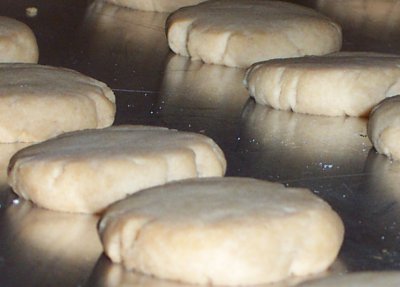Facts About Shortbread
Shortbread is a classic Scottish confection made from just three fundamental ingredients: white sugar, butter, and flour. Renowned for its high butter content, this delightful treat boasts a crumbly texture, as the butter inhibits gluten formation. Unlike many other baked goods, shortbread does not utilize any leavening agents such as baking powder. Traditionally enjoyed during Christmas and Hogmanay in Scotland, this exquisite biscuit has garnered worldwide affection.
It is important not to confuse shortbread with shortcake. While shortbread derives its rich flavor exclusively from butter, shortcake typically incorporates vegetable fat and leavening agents. Shortbread can be shaped into circles, rounds, or fingers and is often patterned before baking to add a decorative touch.
Though shortbread has its roots firmly planted in Scottish culture, it is also popular in the UK, Denmark, Ireland, and Sweden. Notably, in 2006, shortbread was selected to represent the UK in the Café Europe initiative.
The origins of shortbread can be traced back to medieval biscuit bread, which evolved into the buttery delicacy we enjoy today. Mary, Queen of Scots, is often credited with refining the recipe in the 16th century. Historically, shortbread was considered a luxury item reserved for special occasions such as Christmas and weddings. In Shetland, there is a charming tradition where a decorated shortbread cake is broken over a bride's head as she enters her new home—a symbol of good luck.
The first printed recipe for shortbread appeared in 1736, courtesy of Mrs. McLintock. Since then, this delectable biscuit has continued to be a beloved treat, relished by many across the globe.

 Ireland
Ireland